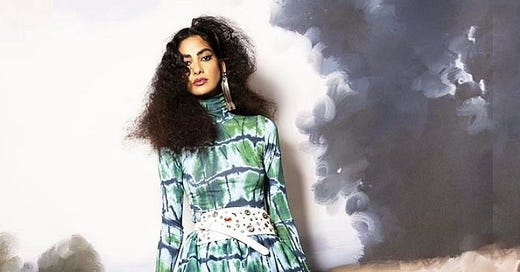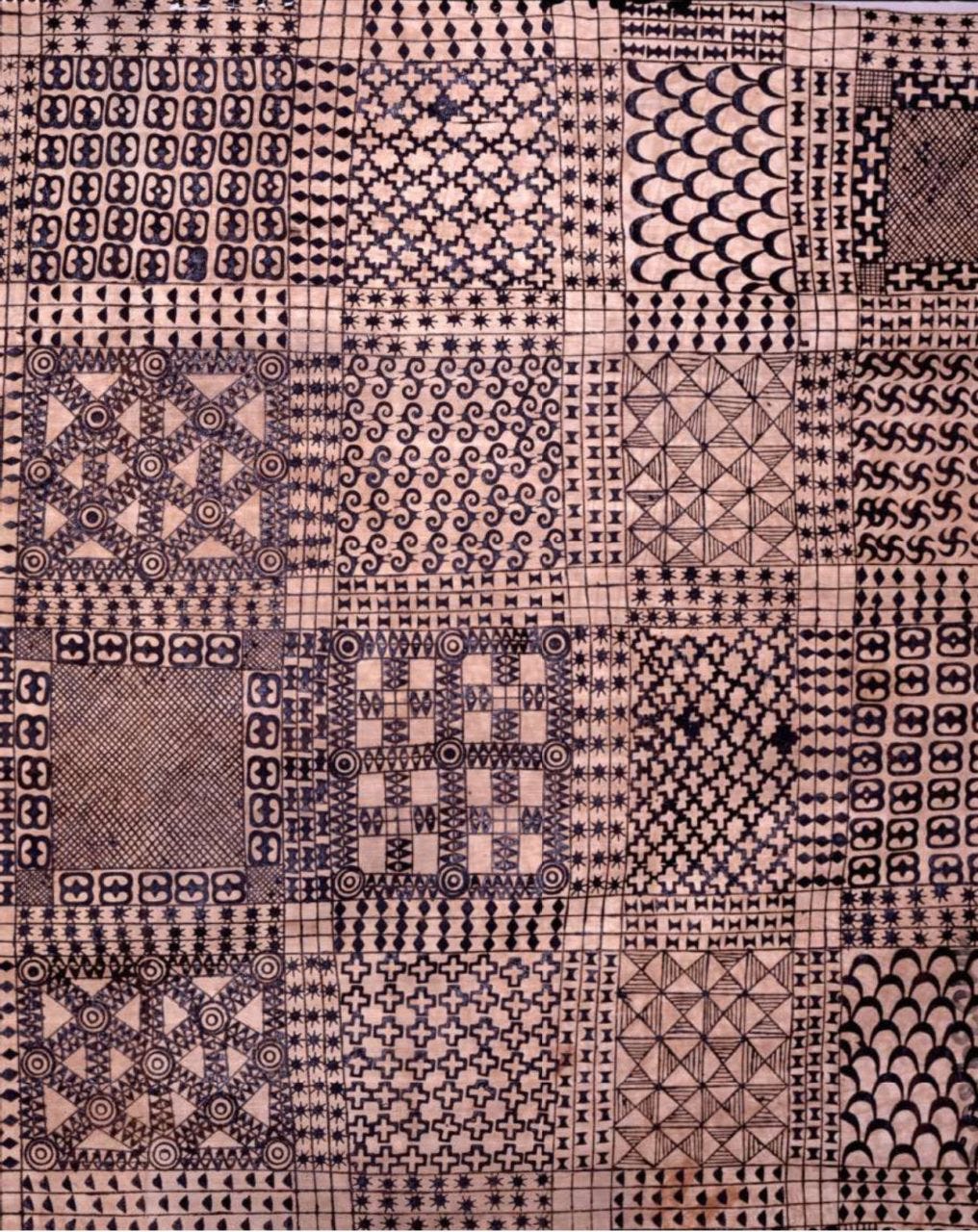From Culture to Couture: African Art’s Global Fashion Influence
Artistic Prints. Patterns. Vivid Colours

African art has long been a significant cultural force, shaping and inspiring a wide range of creative fields across the globe. The vivid colours, intricate patterns, and deep-rooted symbolisms inherent in African art have made their mark on global fashion and design in ways that are both profound and far-reaching.
From high-end fashion houses in Paris to streetwear brands in New York, African aesthetics have become a cornerstone of contemporary design. This influence is not a recent phenomenon but rather a rich, ongoing dialogue that has spanned centuries. Today, the global fashion industry continues to draw from Africa’s vast artistic heritage. This has led to the creation of pieces that resonate with a modern audience while honouring ancient traditions.
Furthermore, the rise of African designers on the global stage has played a crucial role in this cultural exchange. Designers like Nigeria's Lisa Folawiyo, South Africa's Laduma Ngxokolo, and Senegal's Selly Raby Kane have garnered international acclaim for their unique interpretations of African art and culture. These designers blend traditional African aesthetics with contemporary design principles, creating pieces that are both innovative and deeply rooted in cultural heritage.
This digest explores the profound impact of African art on global fashion and design. We will also examine how traditional motifs, textiles, and craftsmanship have been reimagined and integrated into contemporary design practices.
A Historical Perspective on African Art and Fashion
African art has a history that spans thousands of years. It is deeply intertwined with the continent's diverse cultures and traditions. Traditional African art forms, such as sculpture, beadwork, and textiles, have long been used to express cultural identity, religious beliefs, and social status. These art forms are characterised by their intricate designs, bold colours, and symbolic meanings. Each piece tells a story that reflects the values and experiences of the community from which it originates.
In the early 20th century, European artists and designers began to take notice of African art, drawn to its abstract forms and vibrant aesthetics. This period, known as the Primitivism movement, saw artists like Pablo Picasso and Henri Matisse incorporating African motifs and techniques into their work. This in turn influenced the broader art and design communities. However, it wasn't until the late 20th and early 21st centuries that African art began to be recognised as a significant influence on global fashion. As designers started to appreciate the depth and diversity of African cultures and the potential to incorporate these elements into their work.
The Role of African Textiles in Global Fashion
One of the most significant contributions of African art to global fashion is through textiles. African textiles, such as Kente, Ankara, Adire (tie and dye), and Mudcloth, are renowned for their bold patterns, vibrant colours, and intricate designs. These textiles are not just beautiful; they carry deep cultural meanings, with each pattern and colour symbolising different aspects of life, from wealth and prosperity to spiritual protection.
In the fashion industry, these textiles have been embraced by designers who are eager to infuse their collections with the richness of African culture. Brands such as Stella Jean, Duro Olowu, and Vlisco have made African textiles a central feature of their designs, creating garments that are not only visually stunning but also culturally significant. The use of African textiles in global fashion has also sparked a conversation about cultural appropriation and the importance of giving credit to the communities that have created these art forms. As a result, there is a growing movement within the fashion industry to collaborate with African artisans and support the sustainable production of these textiles.
African Art Motifs in Contemporary Design
The influence of African art extends beyond textiles to include a wide range of motifs and symbols. These motifs and symbols have been incorporated into contemporary fashion and design. African art is rich with symbolism, with many motifs representing concepts such as fertility, protection, and community. These symbols have been reinterpreted by designers to create garments and accessories that carry a sense of meaning and purpose.
For example, the Adinkra symbols from Ghana, each representing a specific concept or proverb, have been incorporated into jewellery, clothing, and home decor. The use of these symbols not only adds a layer of depth to the design but also connects the wearer or user to a broader cultural narrative. The “woke” culture might call these Aztec designs when visualised in black and white themes.
Similarly, the Maasai beading techniques from Kenya and Tanzania have been adopted by designers to create intricate jewellery and accessories that are both beautiful and meaningful.
Global Impact of African Fashion Designers
African fashion designers are playing a crucial role in bringing African art to the global stage. Designers such as Ozwald Boateng, Maki Oh, and Lisa Folawiyo have gained international recognition for their work, which blends traditional African art with contemporary fashion trends. These designers are not only creating phenomenal collections but are also challenging stereotypes and changing the narrative around African fashion.
Their work highlights the diversity and sophistication of African art, showcasing it as a source of innovation and creativity. By incorporating traditional African elements into their designs, these designers are helping to redefine what is considered fashionable on a global scale. Their success has also paved the way for a new generation of African designers, who are using their work to explore and celebrate their cultural heritage.
The Next Chapter: African Art Leading Global Fashion’s Future
The influence of African art on global fashion and design will only grow stronger. As the industry embraces diversity, African art’s bold colours, intricate patterns, and rich symbolism offer limitless creative inspiration for future designs.
The rise of sustainable fashion further highlights the value of preserving traditional art and supporting local artisans, aligning African art’s craftsmanship and cultural significance with the movement toward meaningful, eco-conscious design.
African art's impact on global fashion and design is undeniable. Its bold prints, rich textures, and unique motifs shape contemporary styles and interiors. As global appreciation grows, it's vital to honour its cultural significance and commit to ethical practices in its commercialisation. This will ensure that African art thrives and inspires future generations.








